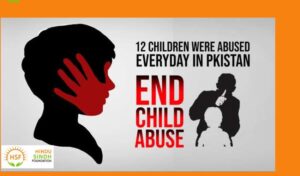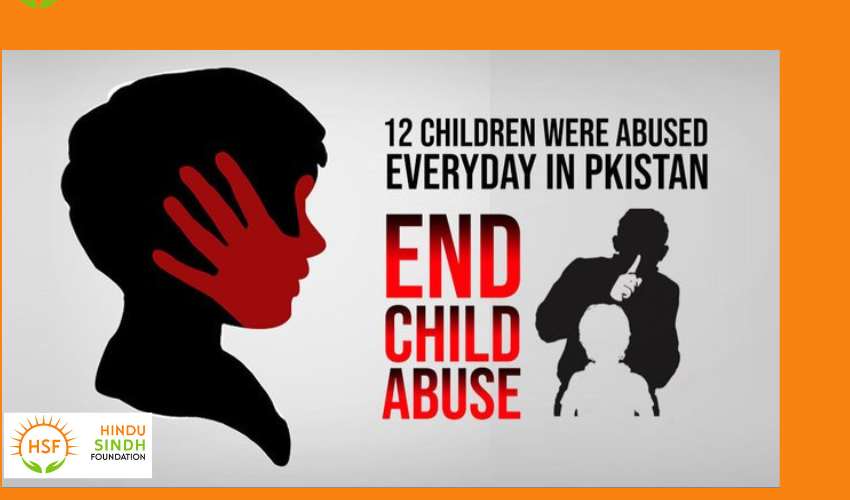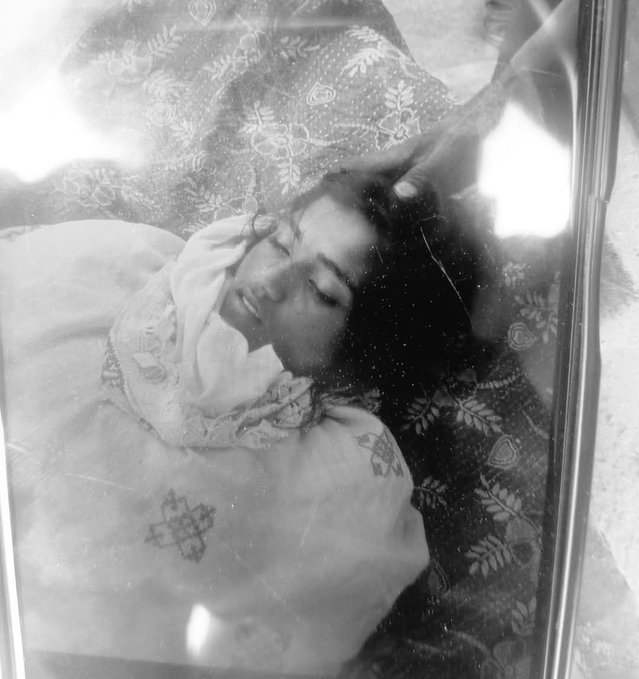International Children’s Day is meant to be a celebration- a moment when the world pauses to honor innocence, joy, and the boundless potential of every child.
But for many children, especially in regions where instability, discrimination, and violence persist, this day is not a celebration at all. It is a reminder of painful realities that language alone cannot express.
How can we offer cheerful congratulations when words themselves feel hollow?
How can we tell children to “go outside without fear” when stepping out of their homes is a daily gamble?
How can we pretend every moment is peaceful when, for so many families, peace is a distant dream?
Across various parts of Pakistan, countless children struggle with insecurity, homelessness, abuse, and exploitation. Parents- especially mothers- live with constant anxiety, wondering whether their children will return home safely from school. Behind closed doors and along the roadsides, on trucks, buses, and transport routes, hidden forms of violence continue. Drivers, strangers, and sometimes even people in positions of trust can pose dangers that children should never have to face. This is a reality no society should accept.
Human rights organizations have repeatedly raised alarms about the vulnerability of children- particularly girls- to forced marriage, trafficking, sexual violence, and abduction. These issues are especially visible in marginalized communities and minority groups. Reports over the past several years have documented cases of underage girls from Hindu and other minority communities being abducted, abused, or coerced into religious conversion and marriage. Whether through gaps in law enforcement, lack of protection mechanisms, or societal discrimination, these children have been left dangerously exposed.
Interior Sindh, in particular, has been highlighted by activists and NGOs as an area where minority girls face elevated risks. Their families live under constant fear — fear of losing their daughters, fear of being ignored by authorities, and fear that justice will remain out of reach.
On a day dedicated to children worldwide, we are forced to ask ourselves difficult questions:
What does Children’s Day mean to a child who cannot walk freely?
How do we celebrate when other children are trapped in fear, trauma, or silence?
How long will these stories continue before real protection is provided?
International Children’s Day should not only be about balloons, slogans, or symbolic messages. It must be a call to action — a reminder that every child, regardless of religion, background, or place of birth, deserves safety, dignity, education, and freedom from violence.
Until we create a world where all children can live safely and without fear, our celebrations will remain incomplete.







